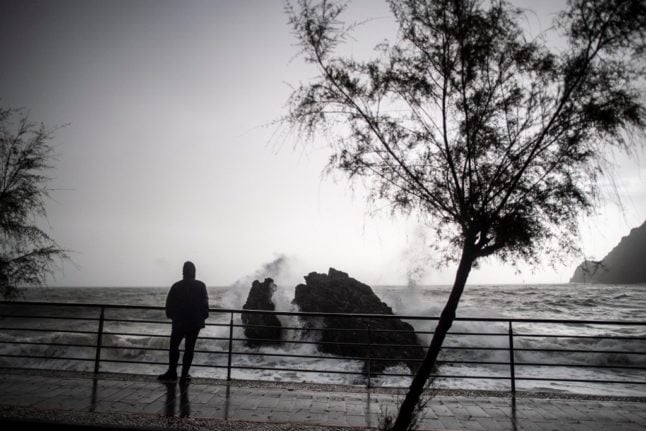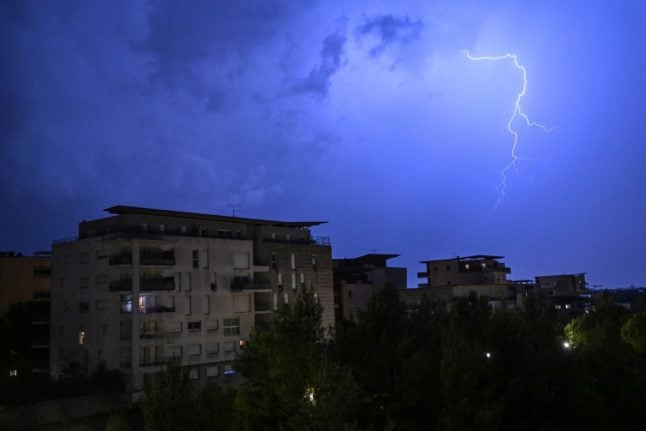The figures were released by Italy’s farmers’ association Coldiretti on Thursday, based on data from the European Severe Weather Database (ESWD) recording events including tornadoes, flash floods, sudden rainstorms (known as bombe d’acqua), giant hail and damaging lightning strikes.
“The long hot summer, characterized by drought, was interrupted several times by violent rainfall,” Coldiretti pointed out.
READ ALSO: ‘A code red’: Will Europeans change their habits after climate crisis ‘reality check’?
“This multiplication of extreme events has caused over six billion euros’ worth of damage to agriculture in 2022, 10 percent of the (value of) national production,” the farming association said.
“We are seeing the clear consequences of climate change, as exceptional weather events are now the norm in Italy too, with a tendency towards tropicalization manifesting as more frequent violent events, seasonal shifts, short, intense bouts of precipitation, the quick change from sunshine to bad weather, with significant changes in temperature that compromises crops.”
At least seven people were reported dead on Friday morning following flash floods in the central Marche region as the latest wave of bad weather swept the country.
Severe storms hit many central and northern regions on Friday morning, including Umbria, Abruzzo, Tuscany, Lazio, Liguria, Lombardy, and Molise, with bad weather spreading south.

Italy, along with much of the rest of mainland Europe, has suffered a series of heatwaves this summer that have fuelled forest fires and drained rivers.
The extreme conditions this summer caused a spike in heat-related deaths in Italy, and worsened the most severe drought the country had experienced in 70 years.
Average temperatures of between two and three degrees above the seasonal average were consistently recorded across the country between May and June, with spikes of up to 10 degrees in some areas.
The collapse of Italy’s country’s largest Alpine glacier in July also triggered an avalanche that killed 11 people.
“The year 2022 in terms of extreme climate events is code red,” said the head of Italian environmental group Legambiente, Stefano Ciafani, in an August report.



 Please whitelist us to continue reading.
Please whitelist us to continue reading.
Member comments